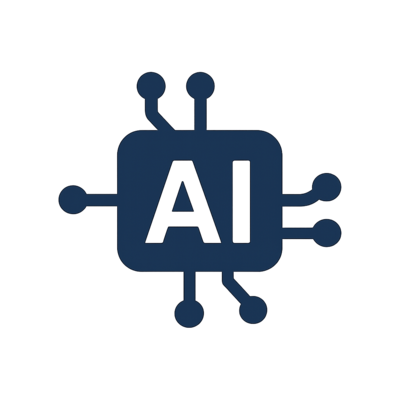AI Agent vs. Chatbot: What’s The Difference?
The main difference between an AI Agent and a Chatbot is autonomy.
A chatbot reacts. It answers when asked. An AI agent acts. It remembers, reasons, and takes initiative.
Chatbots follow scripts. AI agents follow goals.
According to IBM, 80% of support queries can be handled by chatbots. But AI agents can go further — analyzing data, automating workflows, and adapting to new information.
Chatbots are the start of digital conversation.
AI agents are the start of digital intelligence.
What Is a Chatbot?
A chatbot is a software program that simulates conversation with users using text or voice.
Early chatbots were rule-based. They relied on simple if-then logic and keyword matching. Modern chatbots use natural language processing (NLP) to understand intent and respond more naturally.
The first chatbot, ELIZA (1966), mimicked a therapist by pattern-matching phrases. Today’s chatbots — like Siri, Alexa, and Facebook Messenger bots — can interpret speech, respond instantly, and automate simple actions.
Primary use cases:
- Customer support
- FAQ automation
- Appointment scheduling
- Order tracking
- Guided website navigation
Key features:
- Scripted behavior
- No long-term memory
- Reactive responses
- Limited reasoning
Chatbots improve engagement and reduce workload, but they can’t learn or plan.
They respond, but they don’t think.
What Is an AI Agent?
An AI Agent is an autonomous system that can make decisions, remember context, and perform complex actions.
Unlike chatbots, AI agents are goal-driven. They reason, plan, and execute tasks independently.
Key features:
- Persistent memory
- Integration with APIs and tools
- Goal-oriented logic
- Continuous learning and adaptation
- Context retention across sessions
AI agents can handle multi-step workflows — from analyzing data to writing reports or managing schedules.
Examples:
- AI personal assistants
- Workflow automation bots
- Research and analytics agents
- Agents built with LangGraph or AutoGPT
AI agents move from conversation to action.
They represent the next step in automation — systems that think, decide, and adapt.
| **Feature** | **Chatbot** | **AI Agent** |
|---|---|---|
| **Reactivity** | Reactive only | Proactive and reactive |
| **Memory** | Stateless | Long-term, persistent memory |
| **Task Execution** | Simple tasks | Multi-step workflows |
| **Tool Integration** | Limited | Extensive via APIs and external systems |
| **Context Handling** | Session-based | Persistent across sessions |
| **Reasoning** | Predefined logic | Adaptive, goal-driven |
| **Example Use Case** | Answer FAQs | Manage project or marketing automation |
In short:
- Chatbots talk.
- AI agents think and act.
Difference Between AI Agent vs. Chatbot With LangGraph
LangGraph represents the next generation of AI agent frameworks.
It allows developers to connect reasoning models like ChatGPT to memory, tools, and stateful logic — creating agents that remember, plan, and act.
What Makes LangGraph Different
- Graph-based architecture: Each node represents a reasoning step or decision point.
- Native memory and state handling: Agents remember conversations and results.
- Toolchain integration: Agents can access CRMs, APIs, and data systems in real time.
LangGraph turns static language models into dynamic autonomous systems.
LangGraph vs. ChatGPT
ChatGPT is stateless. It’s designed for one-off conversations.
LangGraph adds continuity, memory, and action.
For example, ChatGPT can write an email draft.
A LangGraph agent can write, send, and track that email automatically.
ChatGPT focuses on language.
LangGraph turns that language into logic and execution.
In short:
- Chatbot = Reactive communication
- ChatGPT = Intelligent conversation
- AI Agent (with LangGraph) = Reasoning + Memory + Action

